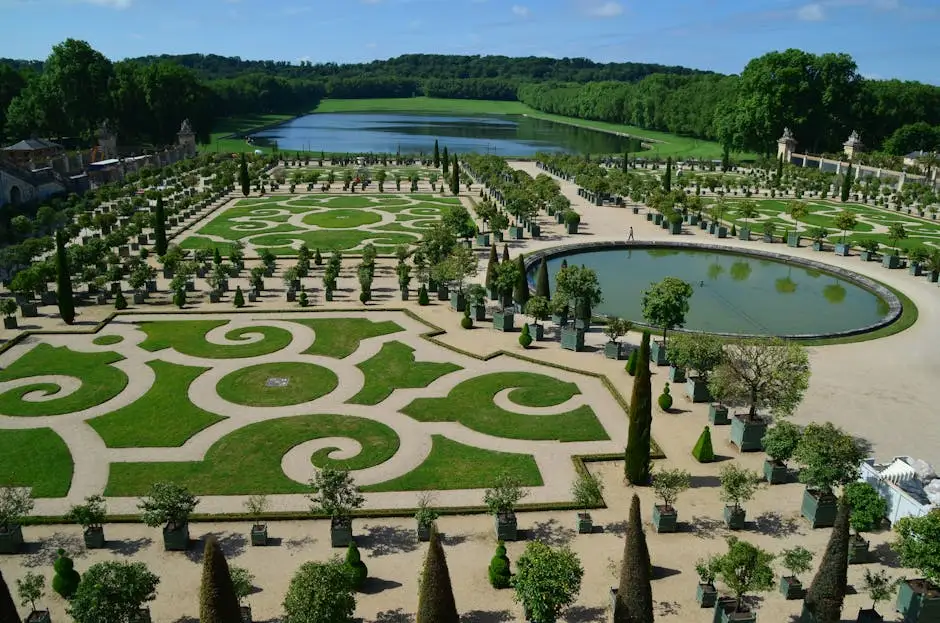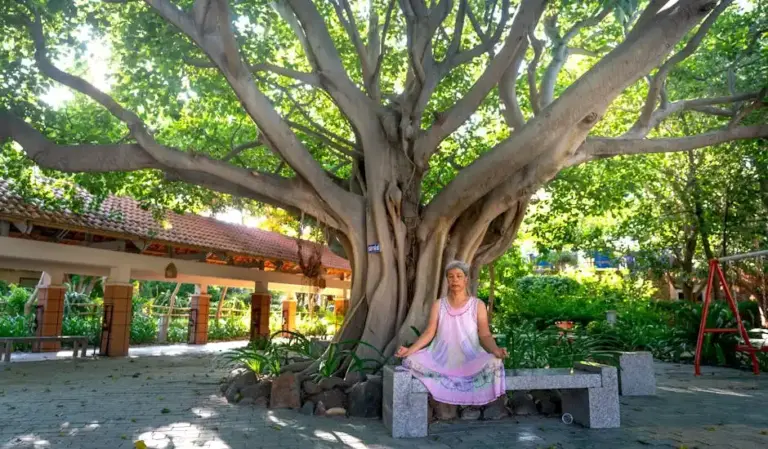The History of Famous Gardens Around the World: Discover Their Stories and Beauty
Gardens have been an important part of human culture for thousands of years, serving as places of beauty, relaxation, and reflection. Across different civilizations, gardens have evolved in style and purpose, shaped by the values and creativity of each era.
You’ll discover how famous gardens around the world reveal the history, art, and culture of the people who created them. Exploring these gardens offers a unique way to connect with the past while enjoying some of the most stunning green spaces ever designed.
Gardens of Versailles, France: 17th Century Masterpiece by André Le Nôtre
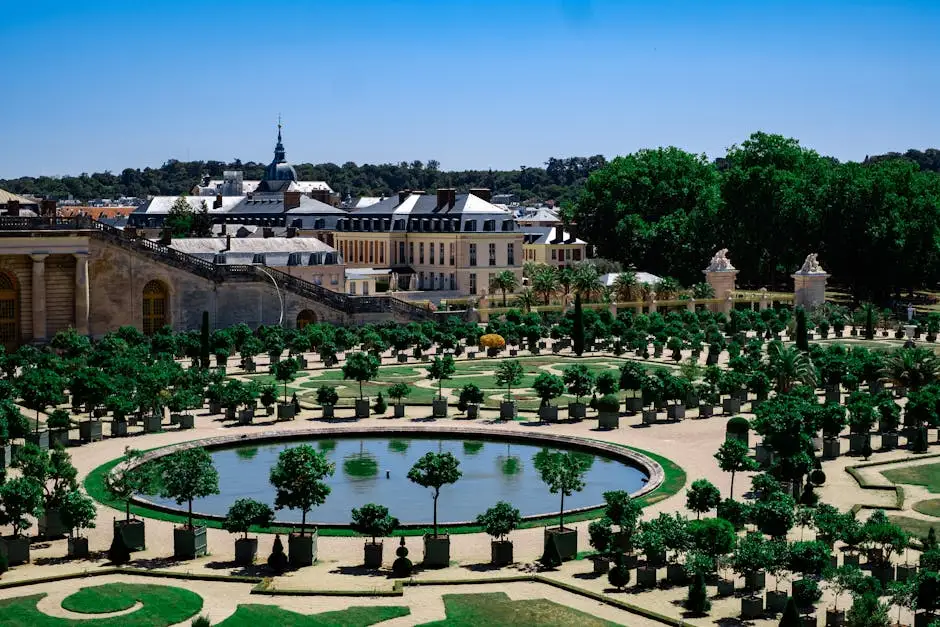
When you visit the Gardens of Versailles, you step into a brilliant example of 17th century French landscape design. Created by André Le Nôtre, these gardens showcase his skill in symmetry, order, and grand scale.
You’ll notice the impressive Grand Canal stretching through the garden, reflecting the sky and enhancing the sense of space. The layout combines formal paths, fountains, and sculptures, all carefully arranged to delight your eye.
Le Nôtre’s work at Versailles set the standard for garden design across Europe. His style blends nature and art, giving you a perfect place for peaceful walks or lively outdoor gatherings.
Huntington Desert Garden, California: Home to Over 10,000 Desert Plant Species

When you visit the Huntington Desert Garden, you step into one of the largest collections of desert plants in the world. This 10-acre garden in San Marino, California, features over 10,000 species of cacti and succulents.
You will see plants from arid regions across the globe, some over a century old. The garden started in the early 1900s, thanks to Henry Huntington and his passion for desert flora.
As you walk through, you can discover rare species carefully preserved and growing in different environments. The garden is a special place for anyone who loves unique and resilient plants.
Ancient Egyptian Gardens: Earliest Detailed Garden Plans Over 3,000 Years Old
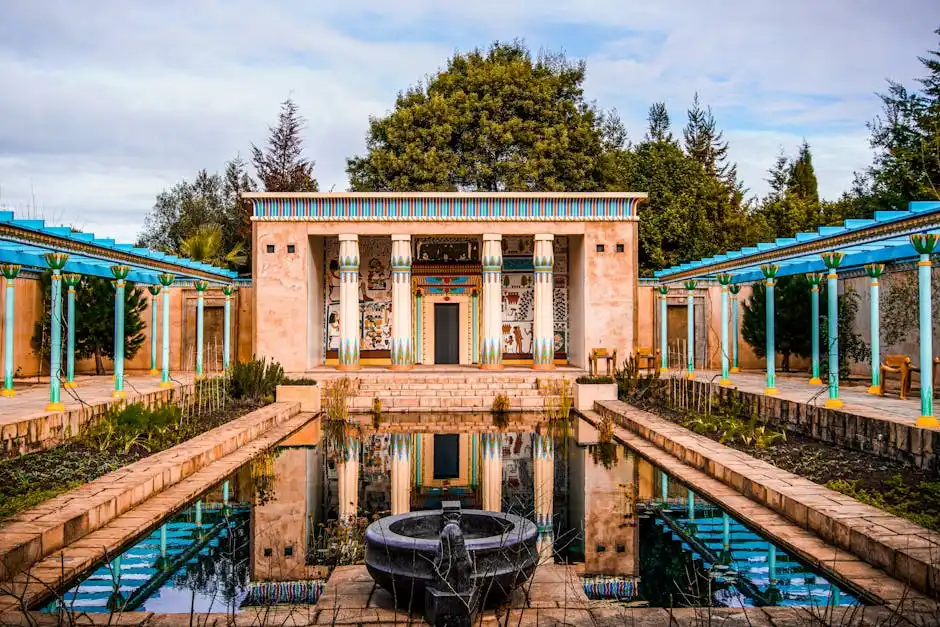
You might be surprised to learn that some of the earliest detailed garden plans come from ancient Egypt, over 3,000 years ago. These gardens were carefully designed with geometric patterns and featured large ponds.
When you explore these gardens, you’ll notice their symmetry and order, reflecting how important balance was to the Egyptians. They often included tree-lined avenues and raised flowerbeds to create a peaceful, beautiful space.
If you visit ancient Egyptian sites today, you can still find archaeological evidence of gardens, showing just how much they valued nature in their daily lives and ceremonies.
Japanese Zen Gardens: Minimalist Spaces for Meditation and Contemplation
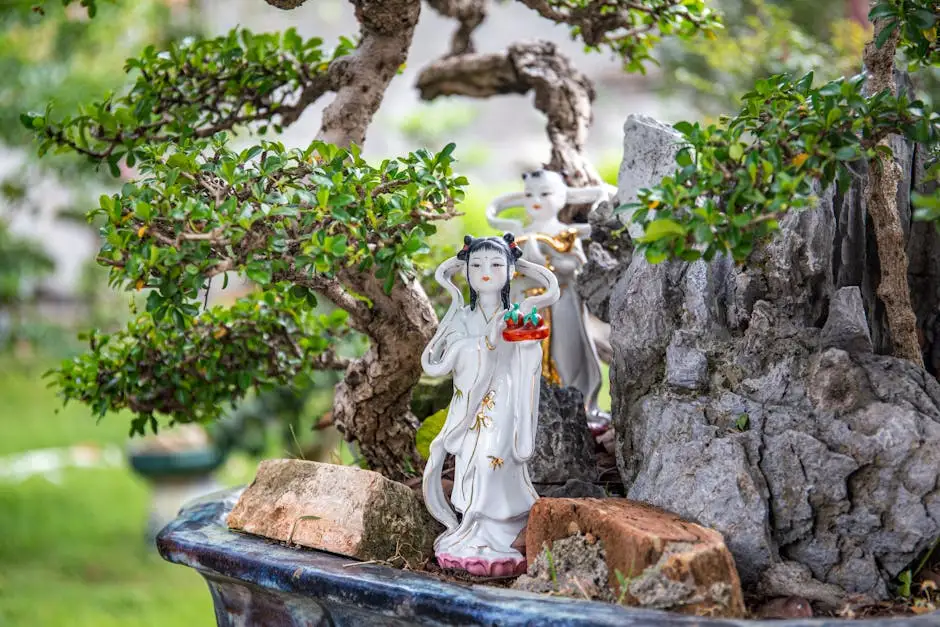
When you step into a Japanese Zen garden, you enter a space designed for calm and reflection. These gardens use simple elements like raked sand, stones, and moss to create a peaceful setting.
You’ll notice how the minimal design encourages mindfulness and helps quiet your thoughts. Originating during Japan’s Muromachi period, Zen gardens were originally created for monks to meditate.
The garden’s arrangement symbolizes natural landscapes, such as mountains or water, using rocks and gravel. As you explore, you’ll find the balance and simplicity promote a deep sense of inner peace.
Kew Gardens, England: Botanical Royal Gardens Dating Back to the 18th Century

When you visit Kew Gardens, you step into a place that started as royal estates in the early 1700s. Over time, it grew from a modest garden into a world-famous botanical and scientific hub.
You can explore vast collections of plants and fungi, some of the largest and most diverse in the world. The gardens cover over 130 hectares and include historic buildings alongside modern research facilities.
Kew is not just beautiful but also a center for plant science. Your visit supports ongoing efforts to study and protect plants globally, continuing a legacy that began with British royalty centuries ago.
Villa d’Este, Italy: Renaissance Garden Known for its Fountains and Terraces
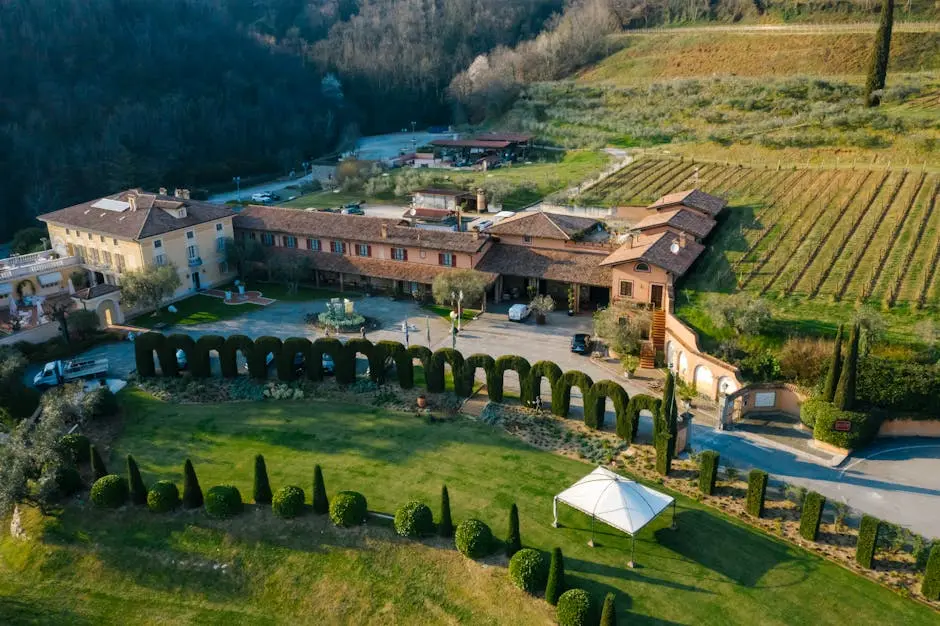
When you visit Villa d’Este, you’ll step into one of the finest examples of Renaissance garden design. Located in Tivoli near Rome, the garden is famous for its numerous fountains and beautiful terraces.
You can explore terraces that gently slope down the hillside, offering stunning views of the surroundings. The water features, including fountains and ornamental basins, create a peaceful and refreshing atmosphere.
As you walk through the garden, you’ll notice how the design blends architecture with nature. The innovative use of water and space shows the creativity of 16th-century Italian culture, making your visit both relaxing and inspiring.
Alhambra Generalife Gardens, Spain: Famous Moorish Palace Gardens
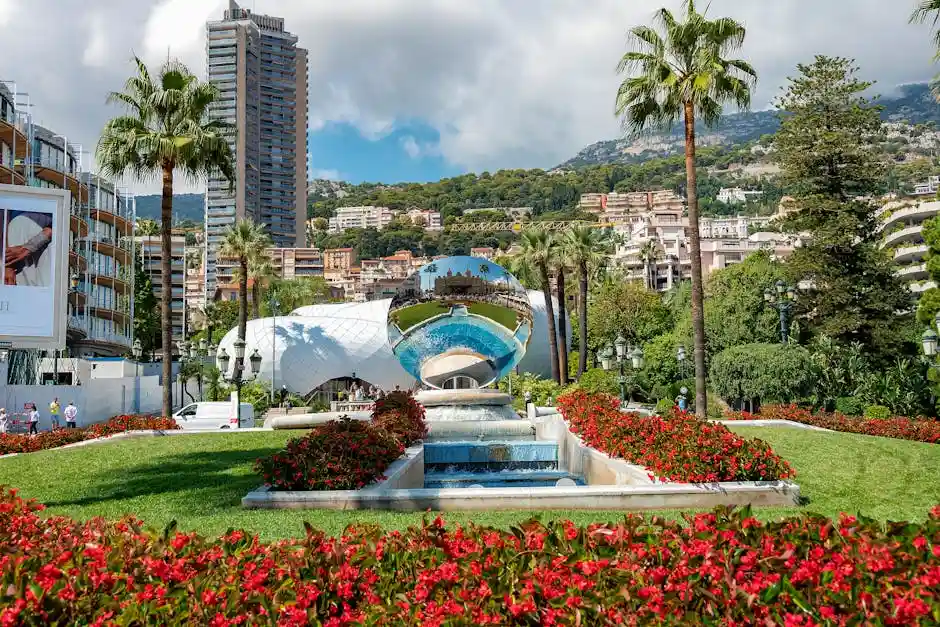
When you visit the Generalife Gardens, you step into a peaceful retreat once used by sultans as their summer residence. These gardens sit on a hill beside the Alhambra Palace in Granada and blend lush greenery with elegant water features.
You’ll notice how the design focuses on calmness and contemplation, inspired by Islamic garden traditions. Walking through, you experience cool fountains, shaded paths, and vibrant flowers, offering a break from the outside world.
The Generalife reflects centuries of history and careful care, making it a living example of Moorish horticulture. It’s truly a place where nature and architecture meet beautifully.
Boboli Gardens, Florence: Historic Italian Garden Design from the 16th Century
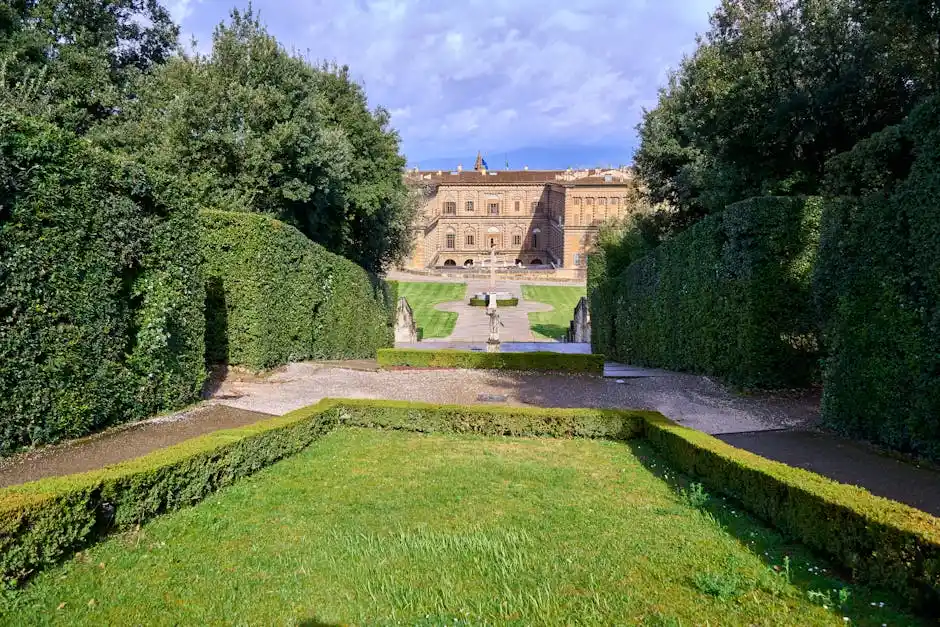
When you visit the Boboli Gardens, you step into one of the earliest examples of Italian garden design. Created in the 16th century for the Medici family, these gardens showcase the Renaissance style with beautifully arranged sculptures, fountains, and greenery.
You’ll find the gardens right behind the Pitti Palace, making it easy to explore both sites. Walking through, you’ll enjoy open spaces filled with artistic and natural beauty that inspired many European gardens later on.
The Boboli Gardens are like an outdoor museum where history and nature meet. If you want a peaceful spot rich in culture, this is a great place to discover Florence’s green heritage.
Versailles Orangery: Exceptional Collection of Citrus Trees in a Grand Setting

When you visit the Versailles Orangery, you step into a structure designed to protect delicate citrus trees through the winter. Built in the late 17th century by architect Jules Hardouin-Mansart, it’s a remarkable example of classical garden architecture.
You’ll find over 1,000 trees here, including orange, lemon, and pomegranate varieties. Many are heritage species cared for with traditional methods that keep the collection healthy and vibrant.
The Orangery itself sits just below the Palace, creating a stunning backdrop for the trees. From spring to fall, the garden blooms with beautifully arranged trees in large boxes, giving you a taste of luxury and history all at once.
Monet’s Garden at Giverny, France: Inspiration for Impressionist Paintings
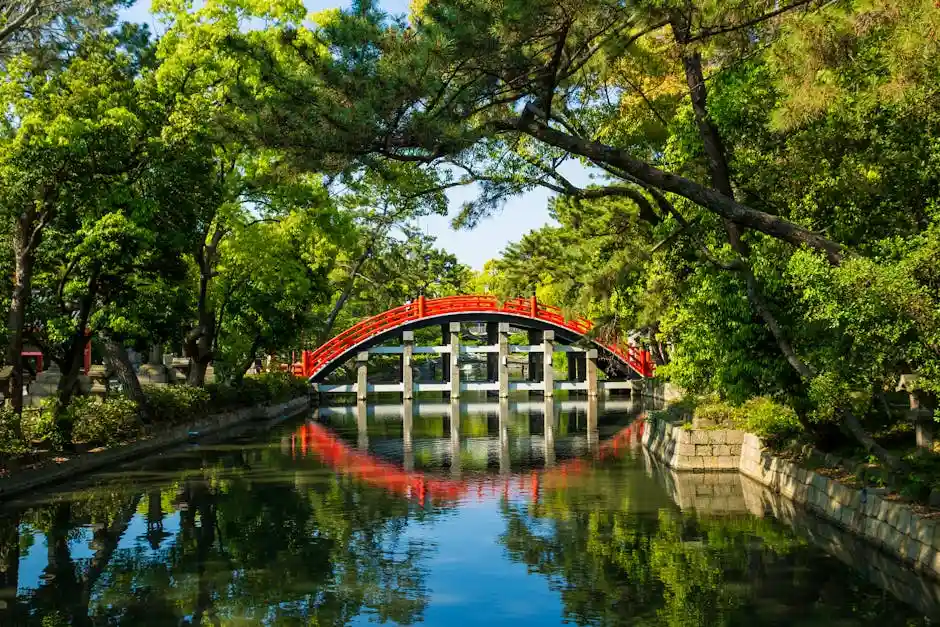
When you visit Giverny, you step into the very garden that inspired Claude Monet’s most famous works. Monet made this garden his home in 1883 and spent decades shaping it into a living canvas.
You’ll see the water lilies, Japanese bridge, and lush flowers that appear in his paintings. Walking through the garden lets you experience the peaceful scenes that sparked many Impressionist masterpieces.
The garden reflects Monet’s love for nature and art combined. It’s not just beautiful but also a key part of art history you can explore personally.

